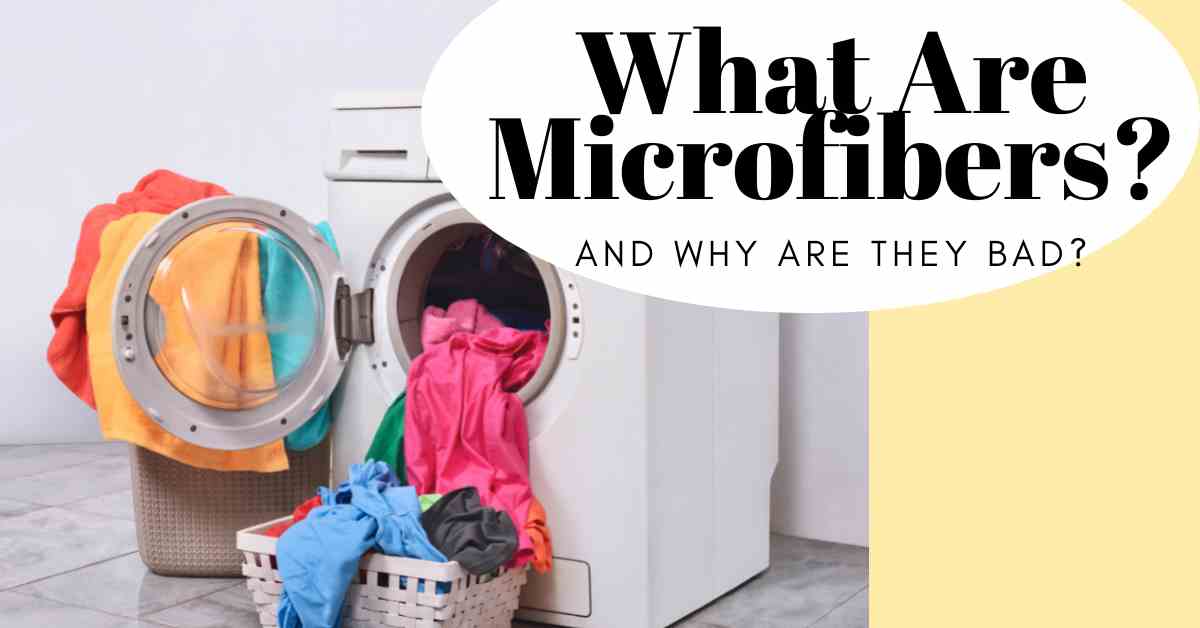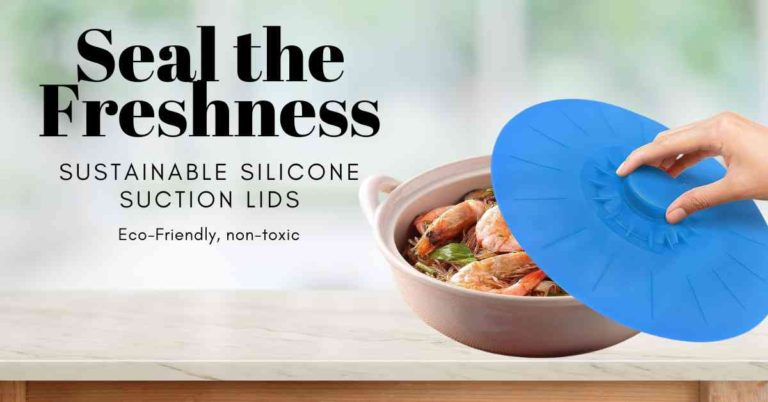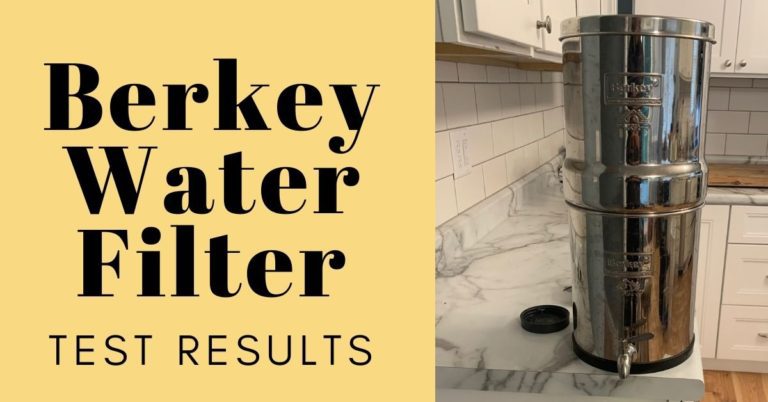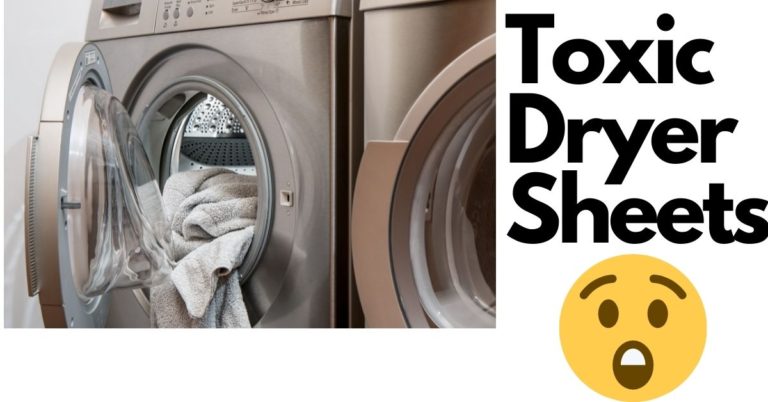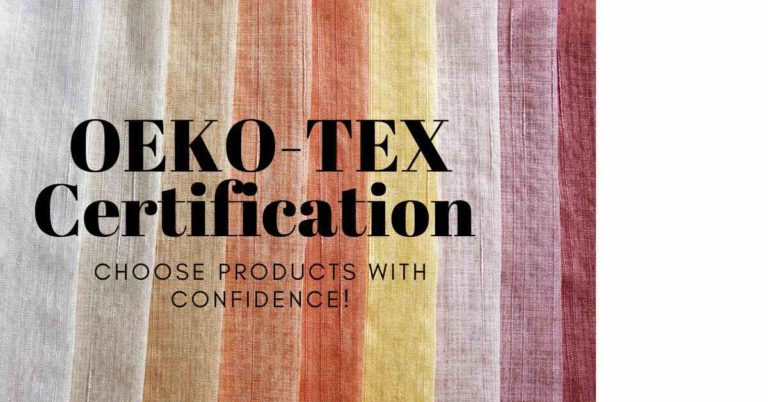What Are Microfibers and Why Are They bad?
Microfibers are extremely small fibers made of plastic that are shed from clothes when you wash them. These tiny fibers have become a major problem for our environment – especially our oceans and waterways. They are so small, they often go undetected until it’s too late!
I keep hearing more and more about microfibers so I wanted to do a deep dive into what they are, the impacts, and what can be done to help. Here’s an overview of what you need to know about microfibers:
What Are Microfibers?
Microfibers are very small plastic fibers that come from synthetic materials like polyester and nylon. These plastic fibers can be extremely tiny, smaller than 5mm in size! When you wash your clothes made from synthetic materials, these fibers can break off and travel into our waterways or oceans.
What Are The Impacts of Microfibers?
The impacts of microfibers on the environment can be devastating. As they get smaller and smaller, they can make their way into the food chain and even end up in our stomachs, yikes. Furthermore, microfibers are too small to be filtered out by wastewater treatment plants and can end up in our drinking water. At this point there is not enough information to understand the effect of microfibers on human health.
Microfibers are also a major source of pollution, as they contribute to what is known as “microplastics” – tiny pieces of plastic that never fully break down and persist in our environment. The effects of microplastics on the environment can be extremely damaging. From disrupting the food chain to polluting our waterways, microplastics are a major cause for concern when it comes to environmental health and sustainability.
What Can We Do About Microfibers?
The good news is there are things we can do to reduce the impacts of microfibers! Reducing your use of synthetic fabrics and materials is a great first step. You can also look for natural fibers like cotton, wool, or hemp as alternatives. However the more practical solution could be investing in a filter for your washing machine, which will help capture any small fibers that might otherwise be released into the environment.
Here is a list of products to help with microfiber issue:
1) Guppyfriend Washing Bags – These washing bags capture microfibers released in the wash and prevent them from entering aquatic ecosystems.
2) Cora Ball – This ball captures microfibers and other materials that are shed while being washed in a washing machine.
3) Beat the Microbead – This app helps consumers identify products that contain microbeads and other microplastics.
4) Patagonia’s Common Threads Initiative – The company encourages consumers to repair, recycle, or donate their clothing with the goal of creating a closed-loop system for apparel.
5) Microfiber Filters – Sewage treatment plants are beginning to install special filters that can capture microfibers before they enter aquatic ecosystems.
6) Washing Machines with Microfiber Filters – Some washing machine manufacturers are now offering models that have built-in filters to help reduce the amount of microfibers released into the environment.
7) Microfiber Clean-up Kits – These kits provide people with the tools they need to safely and effectively remove microfibers from their local waterways.
8) Microfiber Catchers – These devices can be used in laundry machines to capture microfibers before they enter aquatic environments.
9) Microfiber Awareness Campaigns – These campaigns aim to raise awareness about the issue of microfibers and their impact on the environment.
10) Research Programs – Scientists are conducting research into better ways of dealing with microfiber pollution, such as developing biodegradable materials that don’t release microfibers.
11) Clothing Manufacturers – There are now clothing manufacturers that are producing apparel made from natural materials, such as organic cotton and hemp, which don’t release microfibers.
12) Consumer Education – Education is key to creating a better future for our planet. Consumers should be aware of the impact their choices have on the environment and encouraged to make sustainable choices.
Final Thoughts
Microfibers are an increasingly important issue to address. They may be small but they can have a big impact on our environment and health. By investing in microfiber-catching solutions and making more sustainable lifestyle choices, we can all do our part to combat microfiber pollution and create a cleaner, healthier planet for future generations. With collective action, we can make a significant difference!

